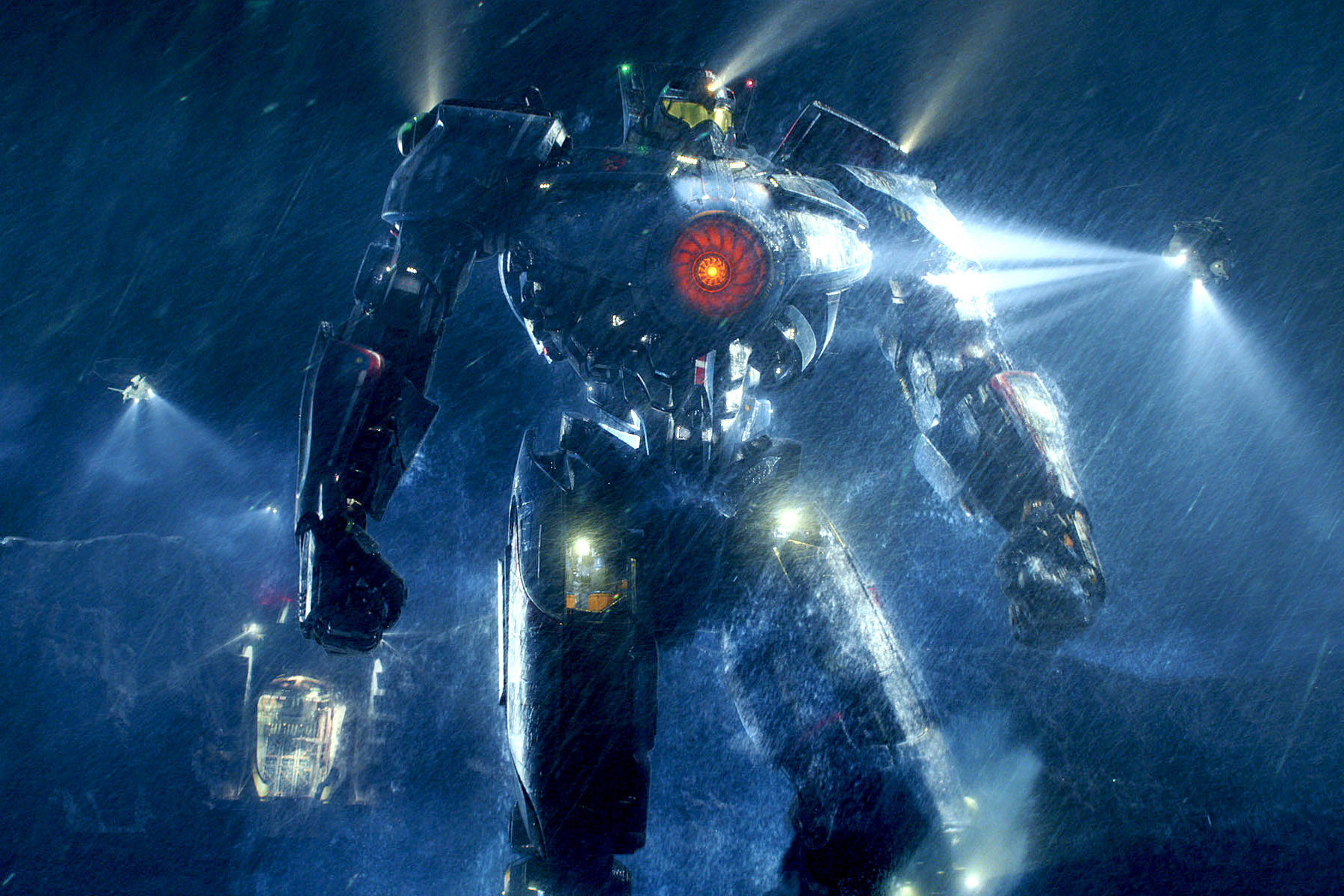The Western cinematic category is characterized by expansive vistas, lone protagonists, intense confrontations, and clear-cut ethical dilemmas. However, a select number of movies have so profoundly transformed and exemplified the genre as The Good, the Bad and the Ugly (1966). Helmed by Sergio Leone and propelled by Ennio Morricone’s legendary musical composition, this motion picture has not only attained a devoted following but has also re-envisioned the fundamental principles of Western narratives for audiences globally. A close look at its storytelling framework, visual methodologies, societal impact, and enduring heritage clarifies why it is frequently regarded as the quintessential Western.
A Revolutionary Approach to Storytelling
At its core, the film’s genius lies in Sergio Leone’s fearless subversion of traditional character archetypes. Here, the lines between heroism and villainy are artfully blurred. The trio—Blondie (the Good), Angel Eyes (the Bad), and Tuco (the Ugly)—represent not just straight moral opposites, but complex, flawed, and unpredictable individuals. None embody the pure-hearted cowboy or purely evil outlaw familiar from earlier Westerns. Instead, each character is guided by survival instincts, greed, and a unique personal code.
Leone structures the plot around a treasure hunt during the American Civil War, using the larger conflict as a backdrop rather than the focal point. This enables the director to spotlight the personal journeys and transformations of the central characters. The narrative interweaves their motivations and allegiances, culminating in a legendary three-way standoff—a set piece now imitated countless times across cinema.
Visual Storytelling and Iconic Cinematography
Leone’s visual approach was groundbreaking for his era. The filmmaker’s technique of contrasting intense close-ups with expansive landscape panoramas generates a distinctive experiential tension within the movie. Cinematographer Tonino Delli Colli utilizes natural illumination to highlight the dust, perspiration, and ruggedness etched onto every character’s face, thereby boosting realism and simultaneously fostering a mythic quality.
Perhaps the movie’s most renowned visual segment is its finale at Sad Hill Cemetery. With swift cuts, changing viewpoints, and an agonizingly extended quiet, Leone crafts an almost unbearable tension. The interplay of gazes and gestures preceding the gunshots isn’t just dramatic flair; it’s a manifestation of psychological combat, forever reshaping how cinematic shootouts are envisioned.
Reimagining the Auditory Landscape: Ennio Morricone’s Musical Composition
If Leone reimagined the visual lexicon of Westerns, Ennio Morricone fundamentally altered their auditory landscape. The central musical motif of the movie, distinguished by its coyote-esque cries, eerie whistles, and unconventional instrumentation, stands as one of the most iconic scores ever created. This musical composition transcends mere accompaniment; it operates as a driving narrative element, intensifying feelings, delineating personalities, and occasionally even punctuating the unfolding events with a theatrical magnificence.
Morricone’s score for each main character—a whistle for Blondie, a flute for Angel Eyes, and human voices for Tuco—serves as auditory leitmotifs, enriching their presence and internal worlds without the need for expository dialogue. The partnership between director and composer in this film set an enduring benchmark for the integration of music and cinema.
Moral Ambiguity and the Frontier Myth
Most earlier Western films idolized the frontier, casting the West as a place where good could triumph over evil in a lawless environment. Leone’s film challenges this myth, presenting the Union and Confederate armies not as paragons of virtue or villainy, but as institutions capable of senseless violence and corruption. The futility and chaos of war loom constantly in the background, rendering the treasure hunt both absurd and existential.
The complex morality of the main trio exposes the thin line between good and bad when survival and greed rule. This ambiguity creates a more authentic reflection of the human condition, encouraging audiences to question black-and-white worldviews and the simplistic heroics associated with classic Westerns. The American West in Leone’s hands becomes a metaphor for life’s randomness, danger, and ambiguity.
Impact and Emulation: Establishing the Benchmark
The film’s influence transcends its genre. Directors such as Quentin Tarantino, Martin Scorsese, and the Coen Brothers have cited it as formative. The “Mexican standoff”—popularized by the cemetery climax—has become a global cinematic shorthand for tension, duplicity, and shifting power.
In addition, the film gave rise to the “spaghetti Western” subgenre, inspiring dozens of European and American productions that adopted Leone’s stylistic and thematic codes. The gritty realism, anti-heroic protagonists, and moral complexity became staples, eventually bleeding into American neo-Westerns, revisionist interpretations, and even unrelated genres, from science fiction to graphic novels.
On a technical front, Leone’s pioneering editing techniques, his utilization of the widescreen Techniscope format, and his groundbreaking integration of musical scores established the foundation for contemporary action filmmaking, shaping the editing pace and audio engineering found in today’s major motion pictures.
An enduring cinematic masterpiece
Multiple layers of artistry converge in The Good, the Bad and the Ugly. The film’s narrative intricacies, psychological characterization, visual grandeur, and sonic ingenuity form a holistic cinematic experience. Its commentary on violence, morality, and the unpredictability of fate resound even beyond its Western backdrop, offering a timeless meditation on human nature and power.
Through continuous innovation and bold narrative, Leone’s magnum opus resists succumbing to mere nostalgia. Rather, it persists as a foundational work—one that consistently provokes thought, delights, and motivates. With every new generation that rediscovers its gritty confrontations and profound inquiries, the movie stands as more than just a zenith of Western filmmaking; it is a pivotal moment in the universal lexicon of cinema itself.



